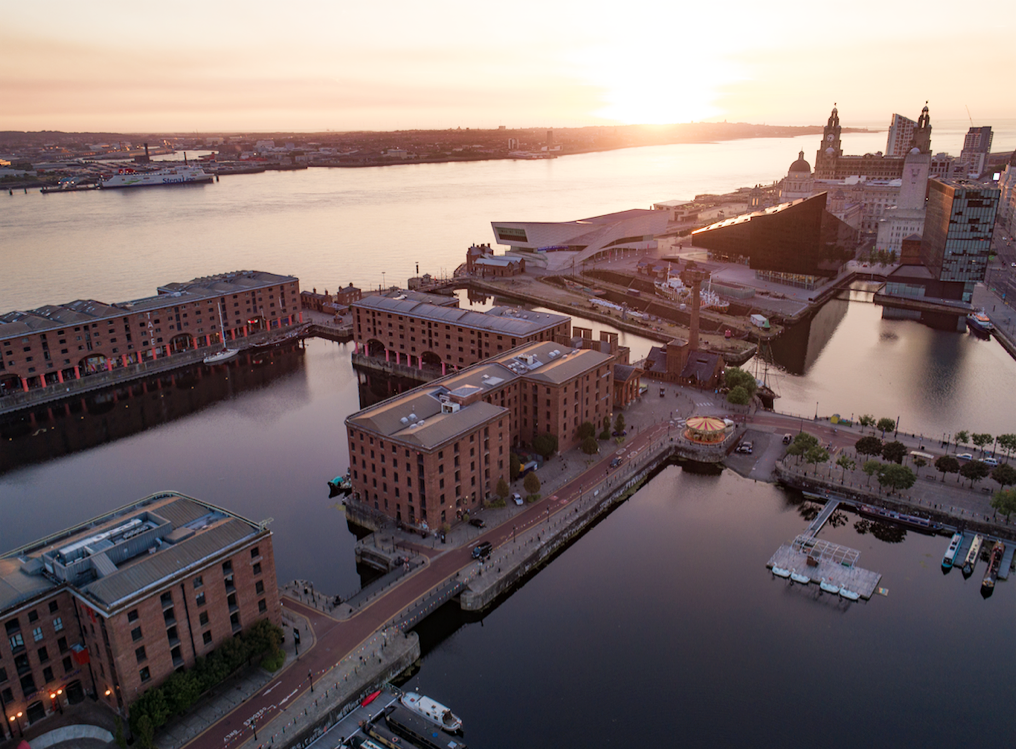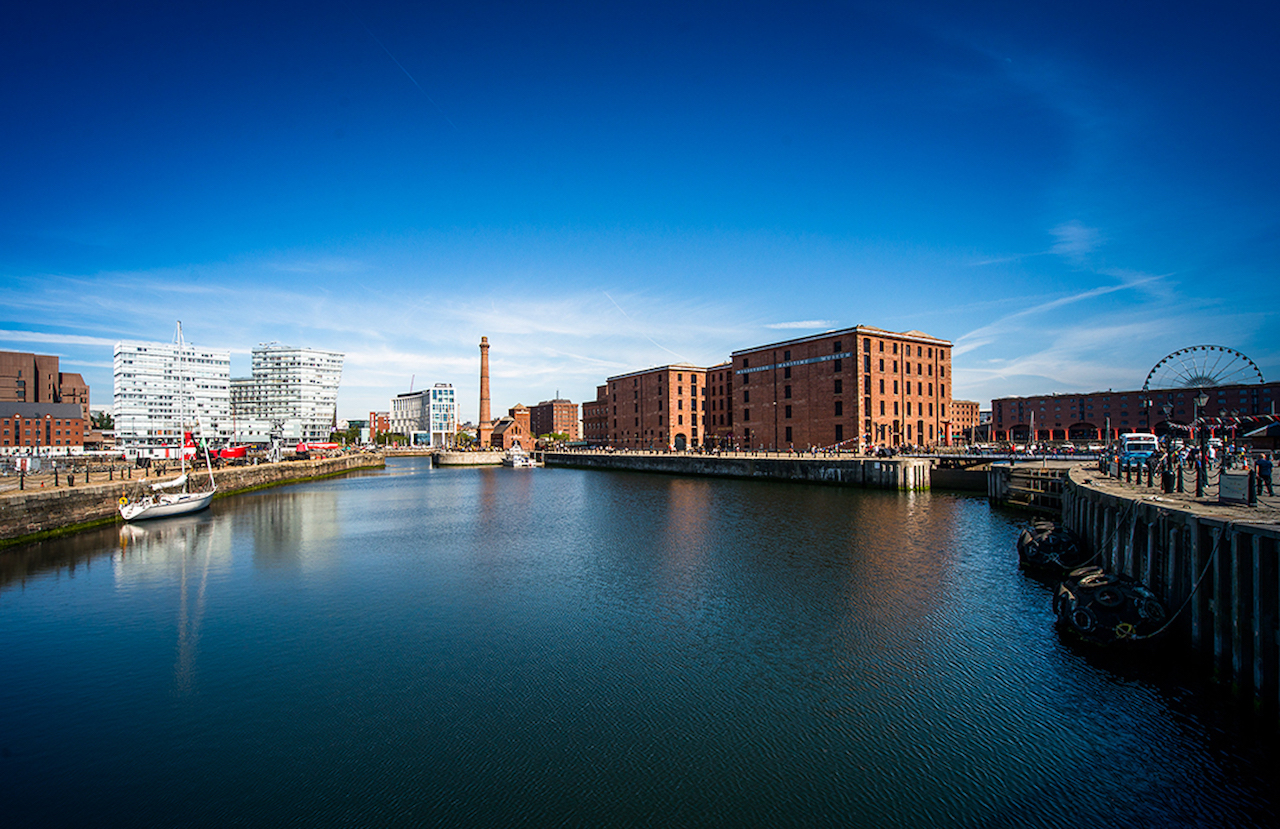A city that needs no labels
Director of National Museums Liverpool, Laura Pye, looks to the future of Liverpool's waterfront following the removal of Liverpool's World Heritage Site status

I am hugely disappointed at the decision by UNESCO to remove Liverpool from the World Heritage site listings, not because I am worried about the impact on tourism or on how people might view our great city but because I believe we deserve the status. Liverpool is a world heritage city and it is one which protects and values its heritage.
The suggestion by UNESCO that our heritage is somehow in a worse condition now than it was 10 years ago is simply untrue. Over the past 20 years we have invested £740m into our heritage assets in the city and today only 2.5% of our historic buildings are in serious disrepair compared with 13% in 2000. I grew up in this city and now live and work within the World Heritage Site boundaries. Compared to the spaces I remember in the 80s and 90s, the development and improvement is incredible.
The basis of the removal of World Heritage Site status (WHS) was focused on redevelopments on Liverpool’s waterfront, but UNESCO has overlooked one of the most exciting and innovative projects that is still yet to come, which has the city’s heritage at its very heart and focus.
National Museums Liverpool’s Waterfront Transformation Project is the epitome of a project which draws on the city’s rich maritime heritage to re-engage visitors to our waterfront with our culture and our past. Some of our past isn’t pleasant, and as much as there is beauty in our ‘ex-World Heritage Site’, there is also pain and suffering caused by years of slavery activities, embedded in the places and structures within this historic city.
This project seeks to revitalise the area in a positive way, with beautiful architecture and design features, worthy of any label or cultural status, whilst educating visitors to our city and people from our city to understand and recognise the gravity of slavery, its roots, and how it developed, sustained and allowed a port city like Liverpool to thrive.

This is a project that has been in our sights for years and, while it might not happen overnight, it is ramping up with great speed as we progress through our design competition phase and celebrate the recent funding announcement from the National Lottery Heritage Fund. We are enormously grateful to NLHF for taking this important first step in pledging their support to a project they recognise as vitally important in the education of slavery today. To realise our vision we now need to complete the rest of the public funding package.
The development of a city waterfront needs investment to realise its full potential. We may not have the World Heritage Site status anymore, but we cannot erase our history and our ambition for the future, whilst also recognising Liverpool’s past successes in Waterfront transformations. Let’s not forget the regeneration of the Royal Albert Dock – one of our region’s greatest success stories. Over 30 years ago, Liverpool transformed a post-industrial wasteland into a world-renowned heritage and tourist attraction, catalysing the economic recovery of the region. It is widely considered to be one of the most successful regeneration projects in the world and, as a museums service, we get to be part of that and help take its regeneration even further.
With inclusivity and diversity at the forefront of our hearts and minds, Covid still in our midst, and the Brexit agenda still a driving force across the world, with further support Liverpool has the ability to transcend all this, making a positive statement that we can continue; we can look ahead, make changes, and bring people with us to experience those changes and learn from them.
We can all reap the rewards of a beautiful waterfront that will remain for many years to come for people to enjoy and make memories, whilst respecting and feeling the impact of the site’s past and history. Surely that’s what being a World Heritage Site is all about…or have I missed something? Regardless, Liverpool is a city which needs no labels and we will move on and continue to boast one of the best waterfronts, heritage and cultural offers in the world.
